Photo: Dry Creek Vineyard
“Spring has returned. The Earth is like a child that knows poems.” ~Rainer Maria RilkeIt’s Nature’s version of Sleeping Beauty and it happens every year here in Dry Creek Valley and throughout Sonoma County wine country. As winter weather recedes and the days grow longer, our landscape begins to invigorate itself in the most magnificent ways, transforming dry patches of earth and darkened branches into blooms of color and splendor everywhere you look. And when it comes to the growth cycle in the vineyards, there is no clearer signal of Spring’s arrival than our annual rite of the “bud break”.
And just what is “bud break”? Grape vines, dormant and bare since the winter months, are slowly roused from their winter slumbers, activated by warmer ground temperatures that push hormones, minerals, and sugars up from the root systems, signaling vines to begin their growth process. Sap begins to gradually flow and buds — the “bud break” — break and blister along the vines, each bud a mixture of shoots, leaves, tendrils and berries. At first, these buds appear to be silvery, covered with spider web filaments, which serve as a protective coating. Soon after, this tomentum splinters, giving way to bold green clusters of shoots and paving the way for the flowering process to begin sprouting leaves.
Interestingly enough, the buds that develop into grapes are actually formed during the previous year. So right now, during this year’s bud break, the bud primordia for next year’s shoots are gestating in the leaf axil. Influenced by the climate of Spring and Summer, they’ll be brought to fruition with next year’s bud break. Below is a great diagram from Wine Science, Fourth Edition: Principles and Applications (Food Science and Technology) by Ronald Jackson that illustrates this phenomenon.
And so for us, the bud break is symbolic, as every wine vintage begins its growing season with this wonderful phenomenon. This journey will end with the Fall Harvest, when these grapes eventually make their way from the vineyards and into winemakers’ cellars throughout Dry Creek Valley.
We’ve gathered a few photos below capturing the bud break in Dry Creek Valley. How glorious it is…
Photo: Dry Creek Vineyard
Photo: Amista Vineyards
Photo: Martorana Family Vineyard
Photo: Wilson Winery
Photo: Frick Winery
And of course, it’s not just the vines. Check out how much Spring is blooming in other forms all over Dry Creek Valley.

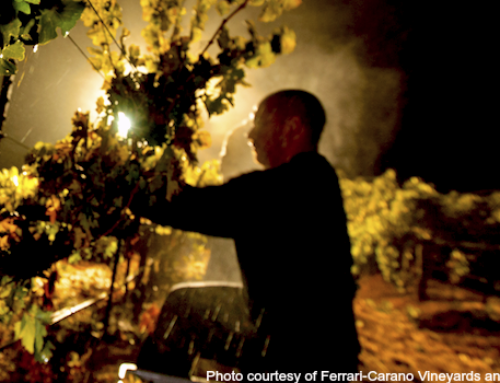

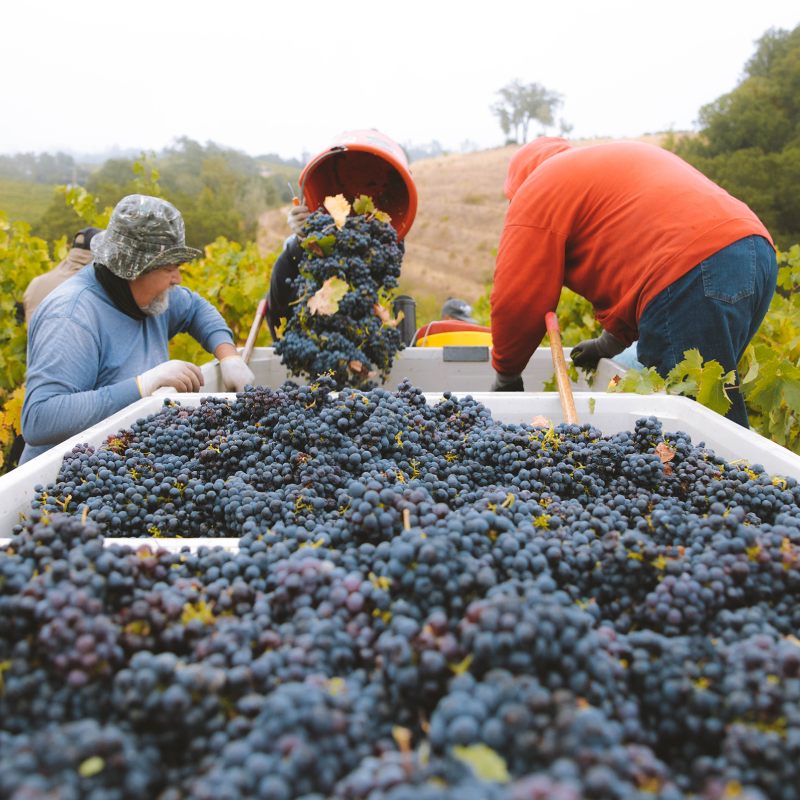
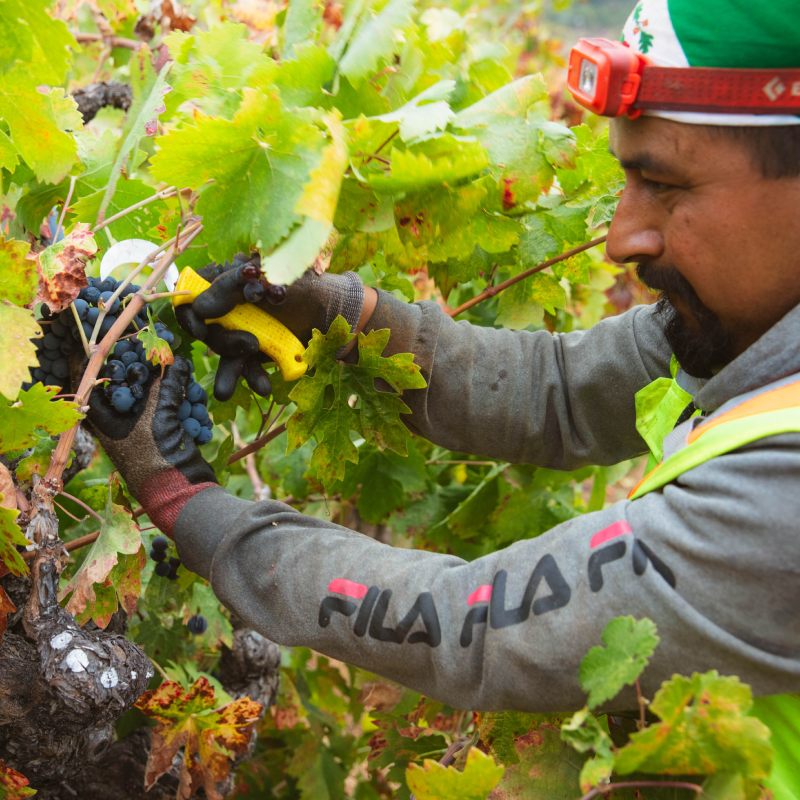
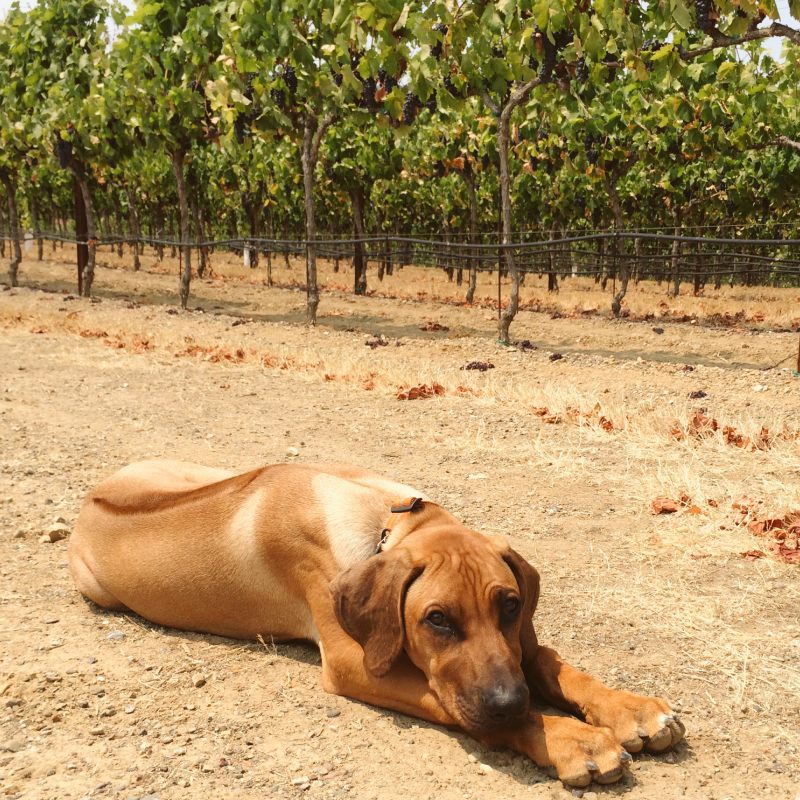

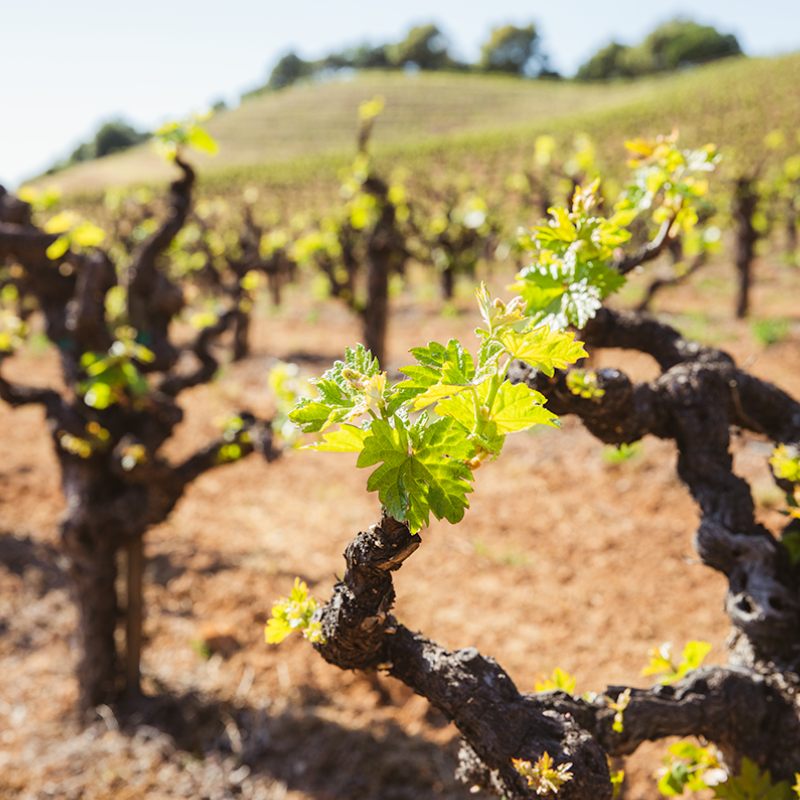


Leave A Comment